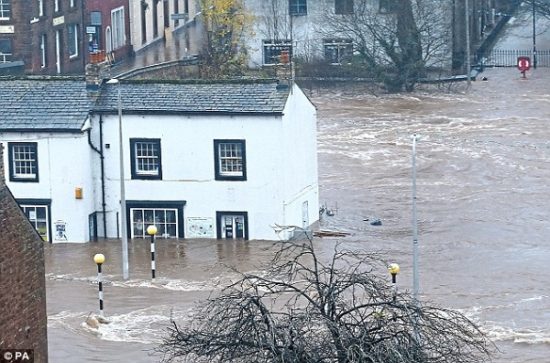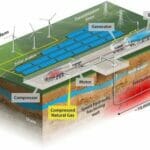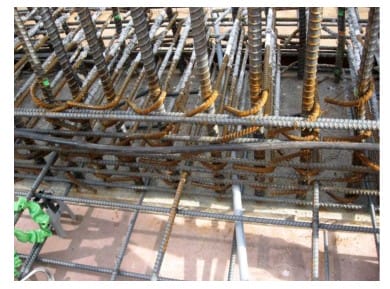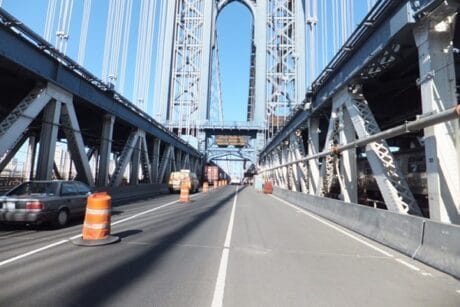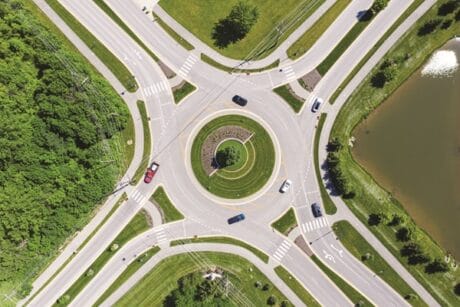No products in the cart.
- Course No E – 1507
- PDH Units 5.00
Course No E - 1507
PDH Units 5.00
- Course No E – 1507
- PDH Units 5.00
Course No E - 1507
PDH Units 5.00
Intended Audience: all engineers
PDH UNITS: 5
This course is based on the FEMA publication “Repairing Your Flooded Home”. This course will introduce you to the principles and practices of repairing a flooded home. During the initial visit to a flood-damaged home, the situation often appears overwhelming. However, despite the shock that often accompanies an individual’s first look at the damage; a number of straightforward principles can be applied to assist with the flood restoration effort. There are many health hazards associated with flooded homes that this course identifies. Once a home is flooded and the flood has subsided, a series of events is set into motion which gets progressively worse as more time passes. The home does start to dry. However, the severity of damage from mold, mildew and rotting wood can be minimized by repairing flood damage as soon as possible. Once the flood has subsided, hazards of working in a flood damaged home include, biological hazards, unstable structures, damaged and possibly live electrical and gas utilities and unhealthy working conditions in general. The first work to be done on a flooded home is to establish a safe working environment. This course demonstrates the basic elements of flooded home repair. Once the flood has subsided, hazards of working in a flood damaged home include, biological hazards, unstable structures, damaged and possibly live electrical and gas utilities and unhealthy working conditions in general. The first work to be done on a flooded home is to establish a safe working environment. This course demonstrates the steps to be taken and the order in which they are to be taken to re-mediate the flood damage and to safely restore the home to a habitable condition.
Learning Objectives
At the conclusion of this course, you’ll be able to identify and discuss:
- Understanding the hazards associated with working in a flooded home;
- Being able to work on a flooded home and avoid health hazards;
- Knowing the tools and equipment needed to repair a flooded home;
- Knowing how to make a visual inspection for structural hazards;
- Understanding of how to safely restore power to the home;
- Knowing how to avoid hazards of gas;
- Understanding how to physically remove contamination from the flooded home;
- Knowing how to safely drain trapped water from ceilings and walls;
- Understanding how to properly drain a flooded basement;
- Knowing how to promote drying of the home;
- Understanding how to safely remove debris;
- Knowing how to check for damaged water pipes;
- Knowing how to properly wash, clean dry electrical components;
- Knowing how to evaluate the sewage system for clogging;
- Understanding what systems of the home should be inspected or repaired by qualified contractors;
- Know how to repair the heating and AC system of a flooded home;
- Being introduced to documentation for insurance claims; and
- Understanding the basic concepts of preparing for the next flood.
Once completed, your order and certificate of completion will be available in your profile when you’re logged in to the site.

